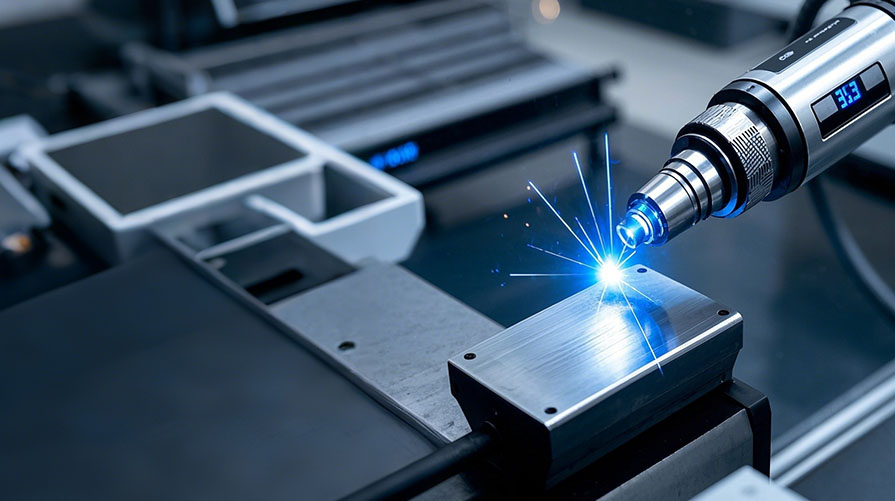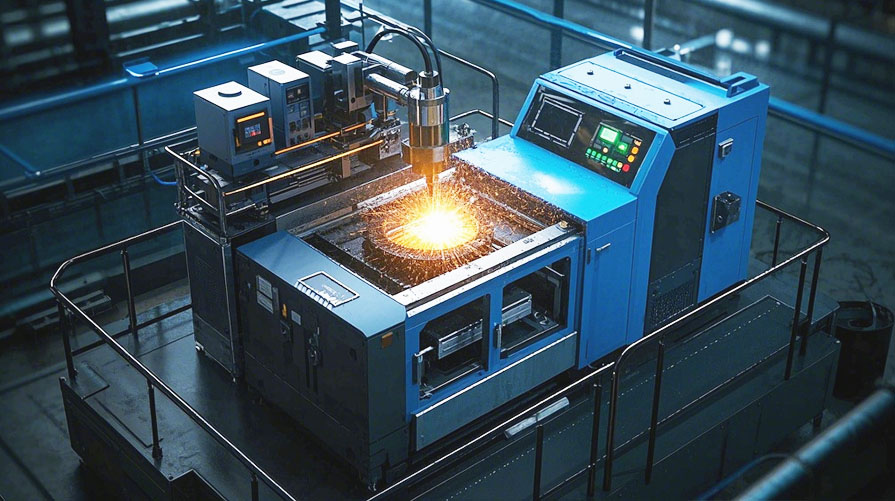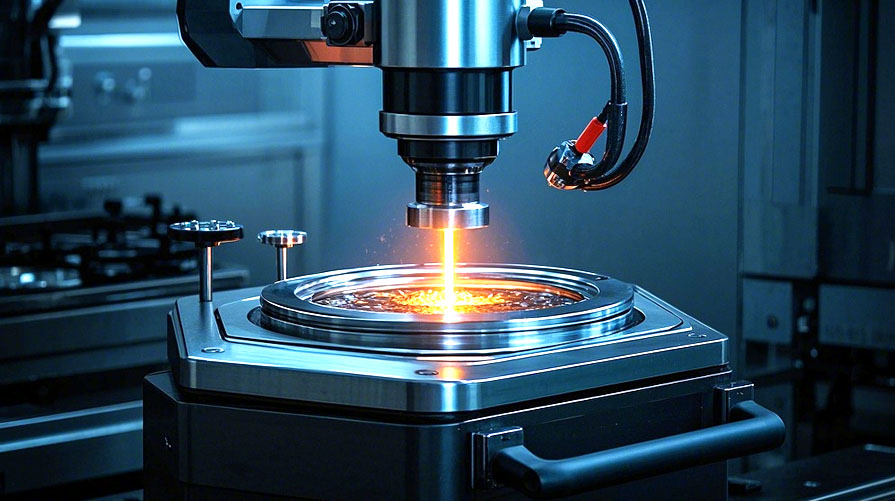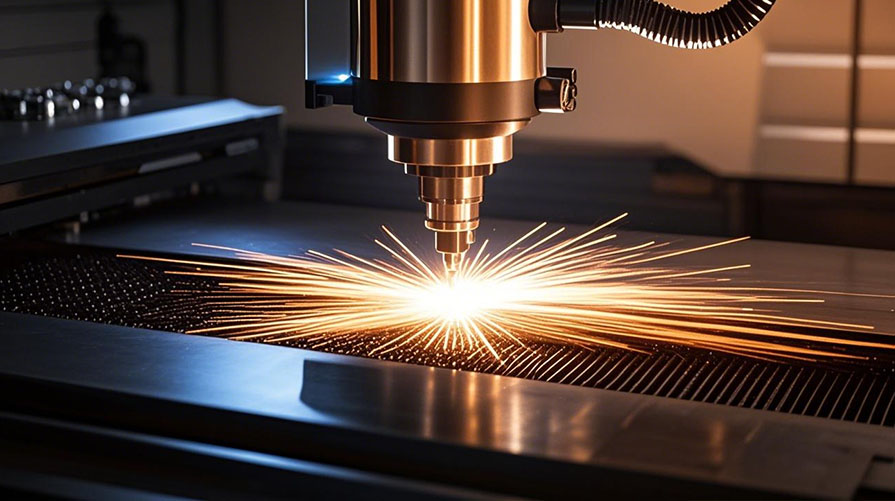站点地图
The core differences between high-speed laser cladding and conventional laser cladding are reflected in energy transfer, process characteristics and application adaptability:
1. Energy action mechanism innovation Conventional cladding relies on the matrix to absorb laser energy to form a molten pool, and thermal stress concentration is easy to cause deformation. By optimizing the coupling mode between the beam and the powder, the high speed cladding preferentially acts most of the energy on the powder in flight, significantly reduces the matrix heat input, and realizes the low heat affected zone processing.
2. Dynamic optimization of process parameters High-speed cladding adopts specially designed spot shape (such as rectangular spot) and powder feeding Angle, which can increase the processing speed to several times of the conventional process under the premise of ensuring the stability of the molten pool. At the same time, the use of fine-grained powder enhances the energy absorption efficiency and promotes uniform spreading.
3. Significantly improved coating performance The cooling rate of high-speed cladding is very fast, which promotes the formation of a finer microstructure of the coating and improves the hardness and wear resistance. The surface quality is close to the thermal spraying effect, and the precision post-treatment can be carried out directly to reduce the process cost.
4. Material adaptability breakthrough high-speed cladding through high energy density to overcome the cladding problems of copper, aluminum and other highly reflective materials, expand the application boundary of the traditional process. At the same time, its low dilution rate characteristics better retain the intrinsic properties of the coating material.
5. Application scenario differentiation Conventional cladding is suitable for small area precision repair and complex surface treatment, while high-speed cladding has obvious advantages in large parts surface strengthening, thin-walled parts processing and other fields, taking into account efficiency and accuracy.
Current technology development focuses on multi-field collaborative control and intelligent monitoring systems to further optimize process stability and expand application potential in special materials and extreme conditions.













0 条评论
网友评论仅供其表达个人看法,并不表明本站立场。